Rose of Sharon Tree
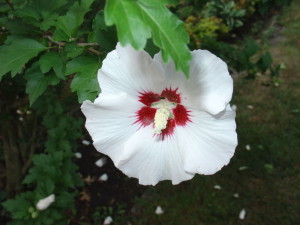
Rose of sharon (Hibiscus syriacus) is a landscape plant native to Asia but very commonly planted in the US. It is a cold hardy tree or shrub with large tropical looking flowers, unmistakable once you’ve seen them. Its edibility is often unknown, but there are a number of reasons to consider this plant for your next soup, salad, or sandwich.
Edibility And Culinary Use
The edible leaves of rose of sharon tree are available all spring, summer and fall. They taste like lettuce but have a mucilaginous texture, which is pretty refreshing. Because of this they make a great lettuce substitute in salads or sandwiches. If you make your salad in late summer then you get the additional bonus of adding the edible flowers to the bowl. They add some visual spunk, and the taste is great, mild, with a hint of nectar at the base of the petals. I also love to eat the unopened flower buds, they make a great alternative vegetable, eat them raw or cooked as a okra substitute. This recipe uses a traditional okra recipe and replaces it with rose of sharon. The mucilaginous texture described above is a great thickening agent for soups, and sauces. Another popular way to get the health benefits from this plant is to make a tea from the leaves and flowers.
Health Benefits
The number one health benefit known to science from consuming Rose of sharon tree is that it lowers blood pressure. The plant is still being studied to determine what other benefits it may hold. It does contain vitamin C, and anthocyanins which are antioxidants.
How to Identify Rose of Sharon
Conclusion
There are many good reasons to add Rose of sharon tree to your diet. First of all it is a perennial plant, so once you’ve found it, you don’t have to go searching again, and finding it is easy since it is such a common landscape plant. It has a mild taste with many uses. It also has some important health benefits. So don’t overlook this beautiful edible.
Many of our readers find that subscribing to Eat The Planet is the best way to make sure they don't miss any of our valuable information about wild edibles.
See our privacy policy for more information about ads on this site

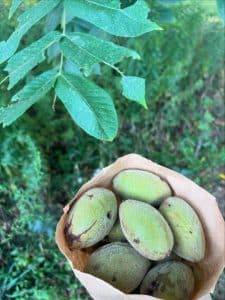
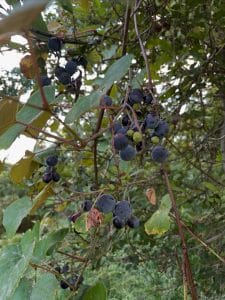
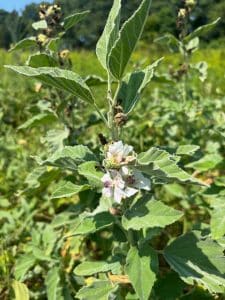
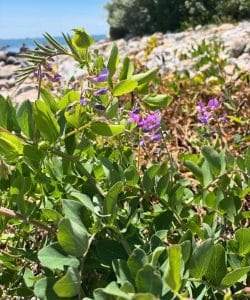
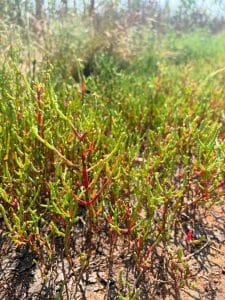
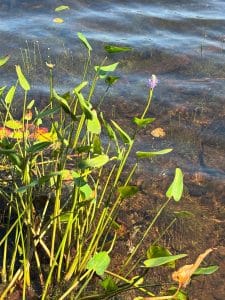
16 Responses
What about the seeds? I can’t find any references for them, but I’ve tried them and they taste wonderful! No shells, and they come out easily. One reference said the seeds are 25% oil.
Wow, that’s awesome to know!! I have 2 of these plants in my yard, they can be used in case of famine, since our world is so unstable.
I eat the seeds all the time. No other part of the plant is toxic so it would be odd if just the seeds were toxic. I agree, they do taste great.
Are there any particular varieties that are edible? Any that aren’t? Thank you
All varieties of this particular species(Hibiscus syriacus) are edible. The difference between varieties of hibiscus syriacus mostly comes down to flower color and shape. Some flower shapes are more pleasant to to eat than others, but that’s the only difference I have noticed. Every other species that I have come across in this genus(Hibiscus) are also edible. Some of them have commercial culinary importance such as the tropical roselle(Hibiscus sabdariffa) used to make sorrel tea.
Saw the comments from 2018 on seed edibility. Wondering if there is newer info on this?
Should the leaves and flowers be dried before using?
Are the blossoms OK for dogs to eat? I have numerous Rose of Sharon bushes in my yard and someone told me that the blossoms were toxic for dogs. I have a 8 month old Cockapoo and don’t want her to be hurt eating them.
I read somewhere that it gives dogs seizures.
ASPCA says Rose of Sharon are non-toxic to dogs and cats.
Although other sites have said they are toxic to cats, dogs and horses, so I guess I don’t really know.
My cockapoo is obsessed with eating the flowers and I can’t stop him unless I choose to saw down the plant. He’s relentless about it. Aside from extra poop, I have not noticed any adverse affects.
Are the rose of Sharon hybrids equally edible?
I love you web site as I have been a forager my whole life. I have also filled my property with valuable food and medicinal plants such as rose of Sharron and Solomon’s Seal. Alas I must move, so I’m digging up quite a few of the most precious ones to take with me. My question is: When is the best time to transplant rose of sharron?
I know this is way to late for this post but I have taken many cuttings from mine & a friend’s shrubs. I cut them at virtually any time spring – summer & just stick the cuttings in soil & they root. Once they’re established you can plant them wherever you like.
I also propagate gardenia &any other plants this way.
Just plant the dry seed pods, and they will grow. Save them in the fall, and share with others or take them with you when you move.